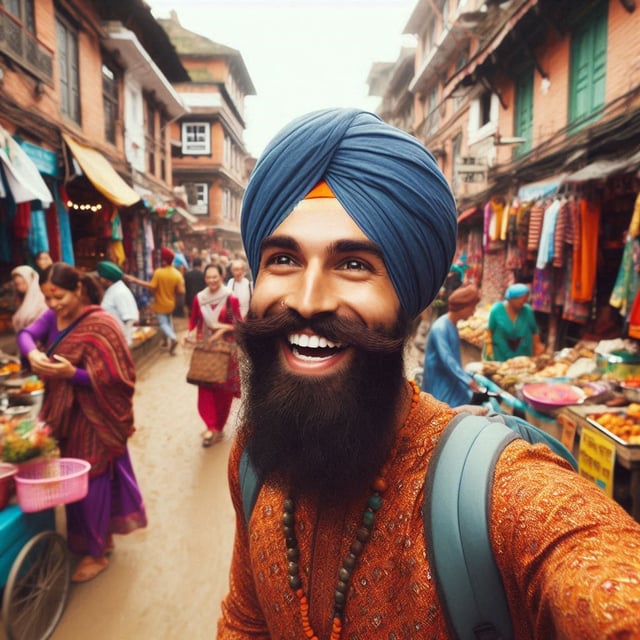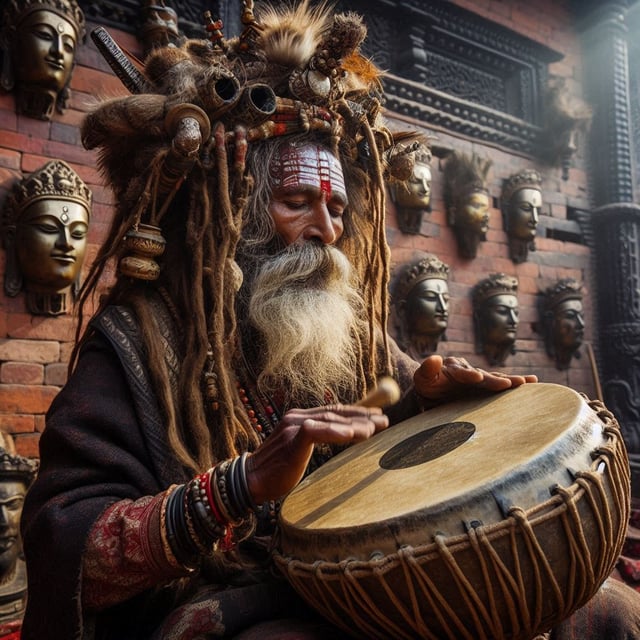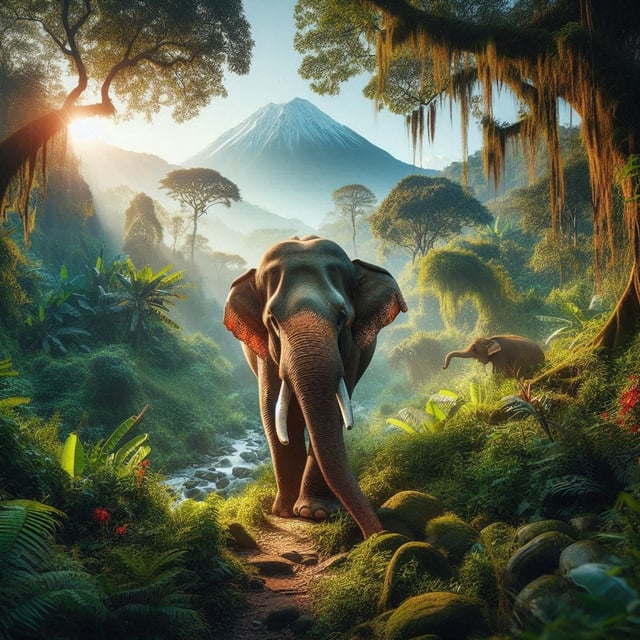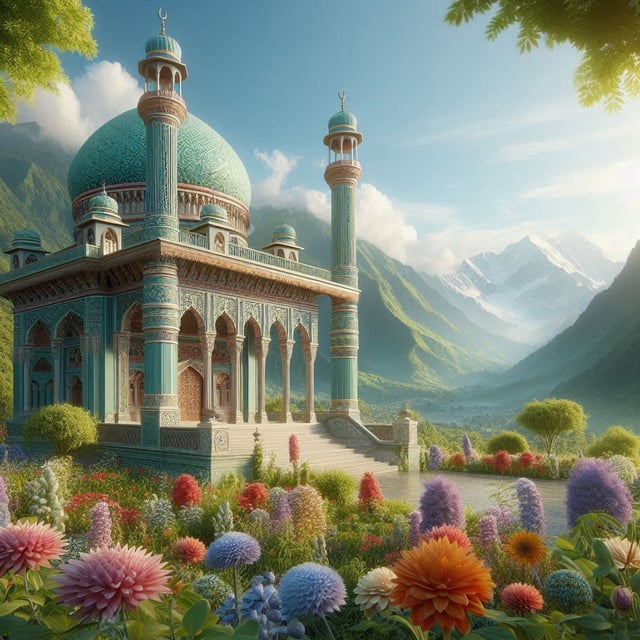The Country of Buddha

Buddha, known as the light of Asia, is the founder of a major global religion.
Buddhism was a Sramana movement that rejected Vedas and Brahaminic supremacy but it did not reject the existence of Vedic gods. This allowed Buddhism to easily mix with local religions and co-exist with local beliefs while generating Buddhist beliefs and traditions.
In Nepal, Buddhism is not the dominant religion, it is Hinduism, but Buddhism has become a political dialogue associated with nationalism.
When His Holiness the Dalai Lama stated Buddha was born in India, Nepalis disagreed, as Buddha’s birthplace marked by the Ashoka pillar is in Rupandehi district, current day Nepal.
Ancient Northern India consisted of sixteen states, known as the sixteen Mahajanapada, and in bordering regions between present-day Nepal and India, there was a state called Shakya Janapada (Shakya state) where Gautam Buddha was born in the 6th century BCE.
Gautam Buddha preached in various Janapadas such as Magadha Janapada where he received enlightenment, Kashi Janapada where he gave his first sermon, Kosala Janapada where he lived 24 years of his life, and Malla Janapada where he transitioned on.
According to Nepalikabhupavamsavali and Svayambhu Purana, Buddha visited Kathmandu Valley (considered Nepal in ancient times), these literatures are not universally accepted but continue to serve Nepali nationalist fervor.
It was around Buddha's period that Magadha invaded various Janapads in preset-day Uttar Pradesh and Bihar of India and later Ashoka from the Mauriyan dynasty, conquered nearly all of present-day India and is even attributed as the first emperor of India.
Ashoka was a strong supporter of Buddhism; and installed three pillars in Rupandehi and Kapilvastu in Nepal and is also attributed with creating four big and smaller Stupas
(temples) in various locations in Kathmandu Valley.
Various Buddhist masters such as Vasubandhu, Santarakshita, Padmasambhava, Atisha Dipamkara, Srijnana, and Milarepa played significant roles in the development of Buddhism in other parts of Nepal. However, this paper will continue to emphasize the story within Kathmandu Valley.
Charumati Stupa (also called Dhando Stupa) in Kathmandu is believed to have been built by Charumati, daughter of Ashoka. During the renovation, bricks were found with an inscription style used in the 3rd century BCE.
There is an argument that Dhando Stupa was constructed during the reign of Vrisha Deva which is much later than the period of Emperor Ashok. Scholars wonder if Ashok ever visited Nepal and if Ashok ever had a daughter named Charumati. This issue remains in conflict between scholars.
One of the oldest Buddhist shrines that have a wide range of agreements is Swayambhu Mahachaitya which is commonly called the monkey temple by Western travelers and has existed at least since 460 C.E. Swayambhu became a prominent shrine by the 13th century and had become a prominent Buddhist shrine in the Kathmandu valley.
However, the religious doctrines in Nepal believe that the emergence of Swayambhu is linked with the drying of the lake and the formation of Kathmandu Valley which happened 12,000 years ago.
The oldest Viahar in Kathmandu Valley is Gum Vihara with Gum meaning Forest in the Kirati language and therefore is believed to be from the Kirat era.
The largest stupa in Nepal is Boudhanath, which has many stories linked to its indigenous name- Kasti Chaitya. The magnificent structures of Swayambhu and Boudha indicate a strong Buddhist influence in Kathmandu Valley.
As per one legend, Buddhists defeated six incarnations of Shankaracharya but his seventh incarnation defeated the Buddhists after which Buddhists were either killed or put to death to promote Shaivism. Pashupati was taken over from Buddhists and brought Nambudari Bhramins from Kerala which is in South India, this however, seems to be only claims.
There is a strong narrative that there has never been bloodshed in the name of religion in Nepal, however, there are stories and ancient grievances and pride of various religious groups against one another but these are generally avoided to promote the national narrative of unity. Rightly so.
Buddhism itself had started not as a religious movement to preach a certain god but had its roots as a social movement that opposed exploitative social hierarchies that led to tension in society. Buddhism to an extent was a social and political movement a practice of life, rather than a true religious institution.
Nepal offers a platform to film the roots of Buddhism and how it later spread to the rest of Asia… a visit to Lumbini would be the start of any project about the Buddha.
Author
Kripendra Amatya, Researcher, Nepa~laya Productions
Editor
Dana Moyal Kolevzon, Director of International Relations, Nepa~laya Productions
Published Date
January 1, 1970



